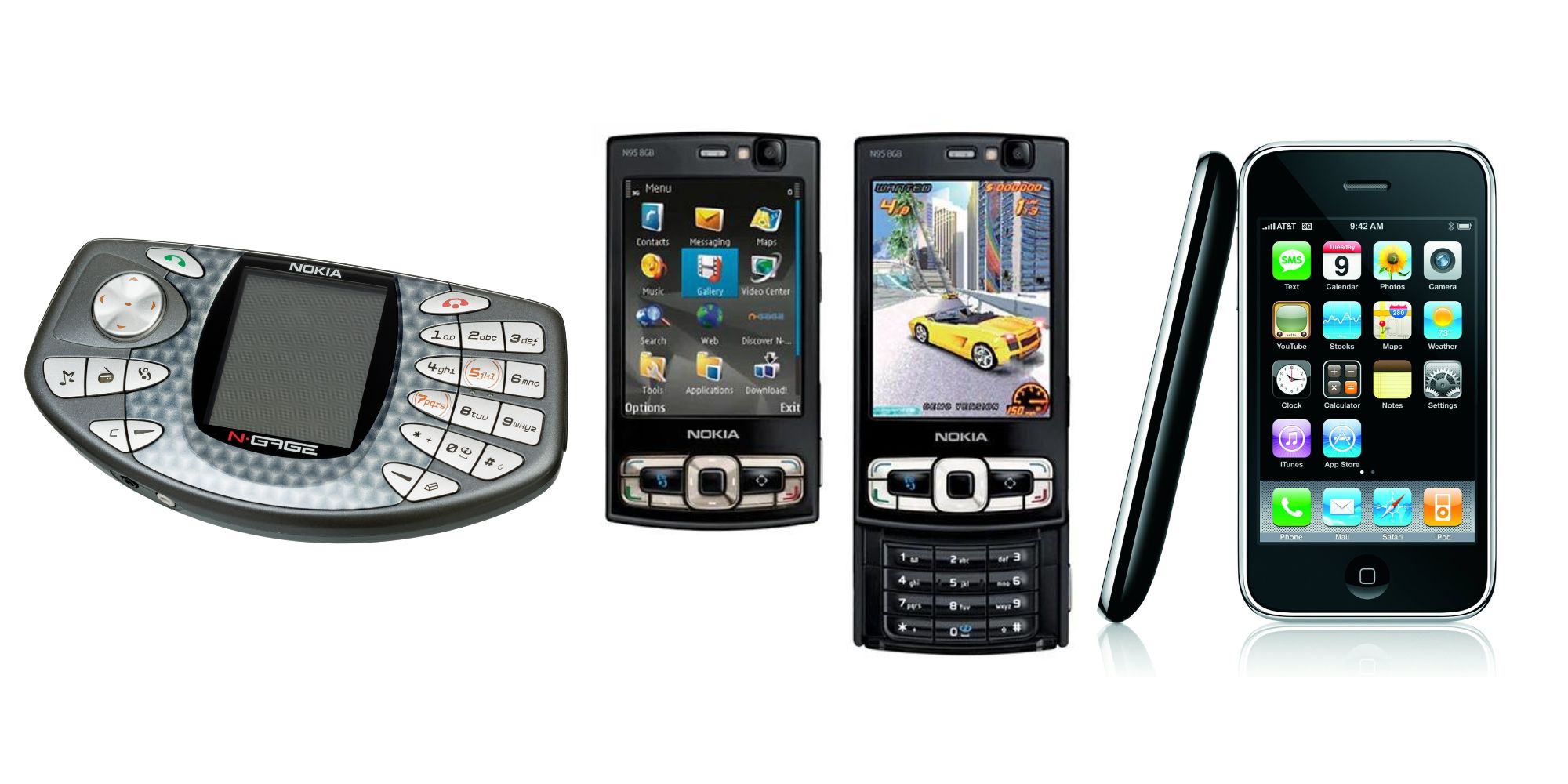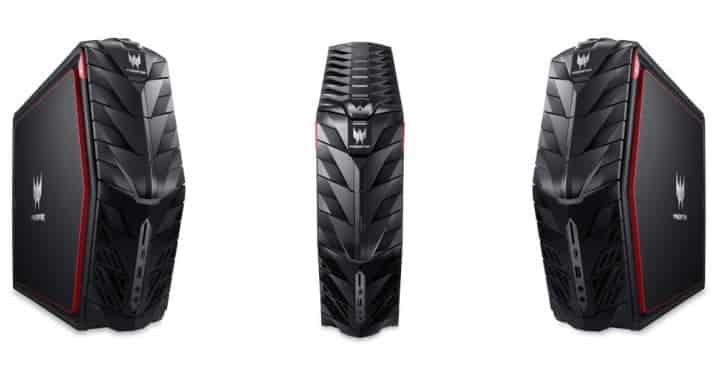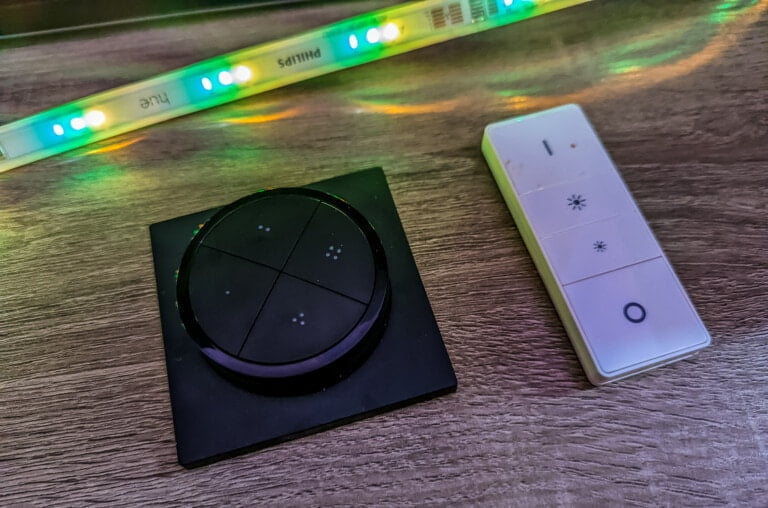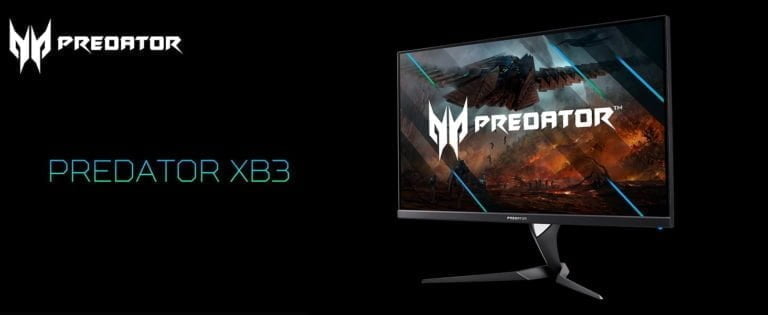Any links to online stores should be assumed to be affiliates. The company or PR agency provides all or most review samples. They have no control over my content, and I provide my honest opinion.
Following on from my previous post about the best phones of the 1990s, this post covers what I think is the most exciting era of mobile phones.
Back in these days, companies would regularly launch innovative, cutting-edge technologies, with new phone launches often having a huge leap in technological improvements. It was also an era where brands would happily launch wacky experimental designs rather than the glass slabs we see nowadays.
I was only 18 in 2000, so I didn’t always have the latest and greatest phone back then.
In this decade, we had a long list of firsts, including:
- Proper colour phone (Siemans S20 only had 4 colours)
- Bluetooth
- Camera phone
- Expandable storage and MP3 support
- Feature phones / Java App support
- Camera phones
- WiFi and web browsing
- First smartphones, including Symbian, WebOS and Windows Mobile
- The first iPhone
Nokia 3310 [2000]
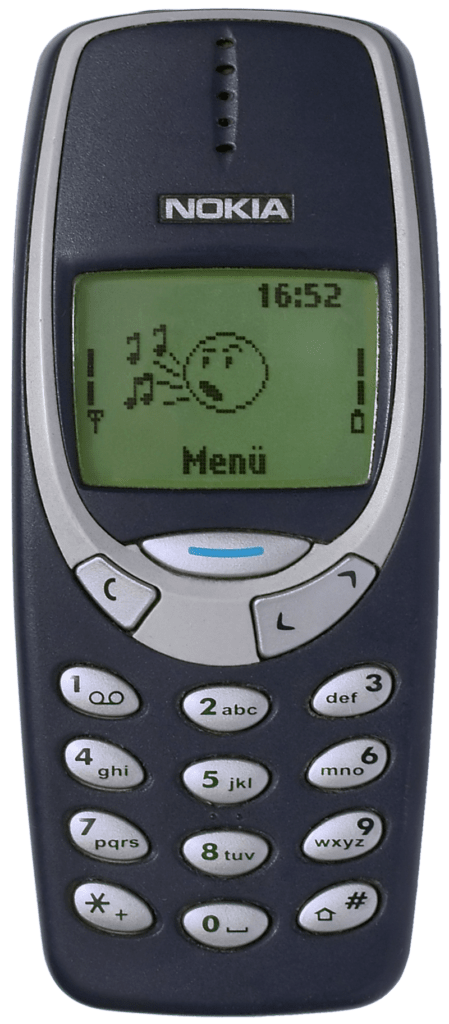
The Nokia 3310 is a successor to the Nokia 3210, which launched back in 1999, it wasn’t quite as popular, but it is still one of the most popular phones in history, with 126 million units sold.
It was smaller and lighter than the 3210, and it is famed for its incredible durability. It was popular with younger generations thanks to the Chat function, which was like instant messaging over SMS, and it allowed long messages three times the size of a standard SMS text message, at 459 characters.
It had a significant number of extra features, including a calculator, Nokia network monitor, stop watch and a reminder function. It has four games: Pairs II, Space Impact, Bantumi, and the hugely popular Snake II.
Motorola T720i [2002]
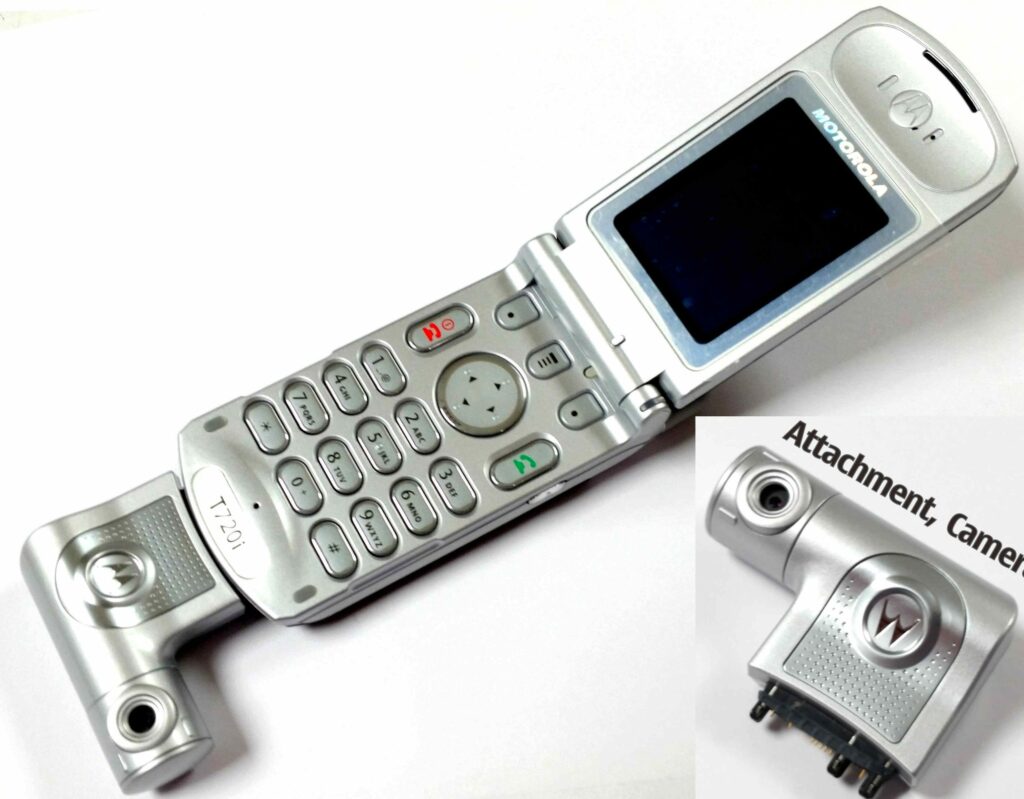
This was one of the first camera phones, but it didn’t actually have a camera built in. You instead needed to use an optional plug-in camera. As you’d expect, the camera wasn’t very good, with a resolution of just 320 x 240 pixels.
It also had a large 120×160 colour display capable of 4096 Colours, 9 lines of text and 1 line of icons
BlackBerry 6210 [2003]
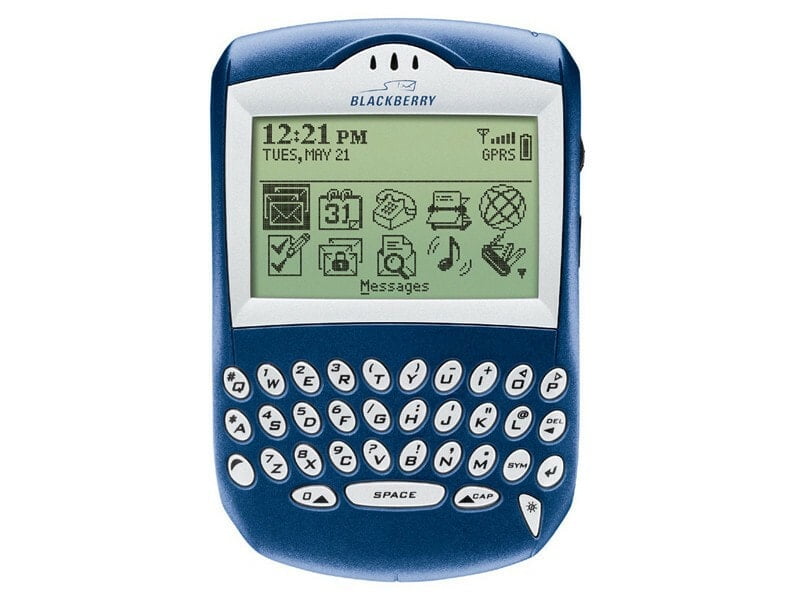
BlackBerry had several devices prior to this, the BlackBerry 5810 launched with phone capabilities in 2002 but reacquired a headset.
It was the BlackBerry 6210 that proved to be incredibly popular and classed as one of the most influential gadgets of all time.
There was no colour display, and even though the display was physically large, it only had a resolution of 160×100.
It was the 34-key QWERTY keyboard that made this device so popular, and I still miss a physical keyboard on my phone today.
Nokia 1100 [2003]
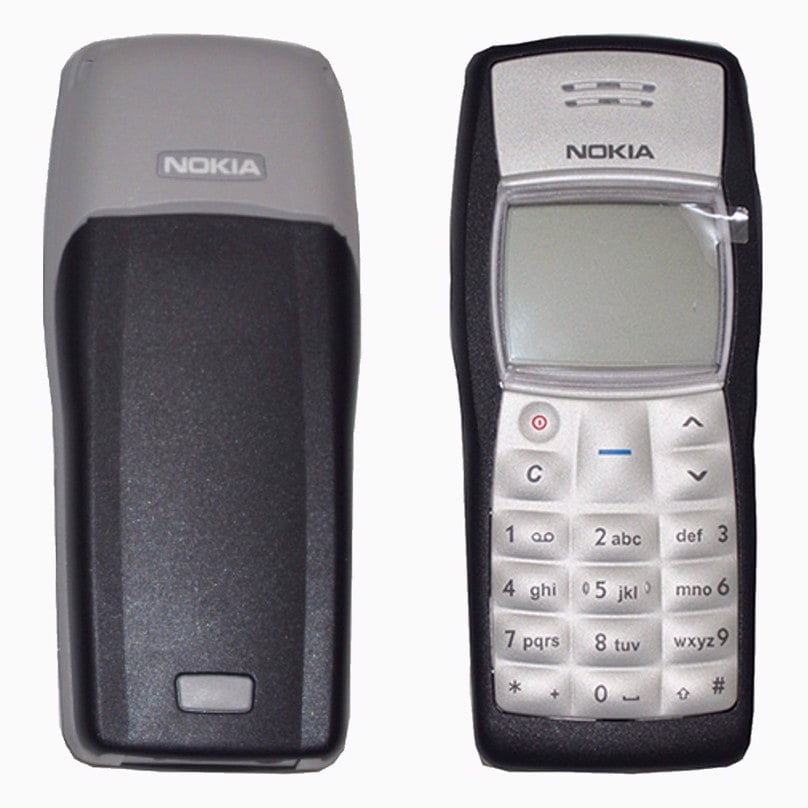
I never actually owned a Nokia 1100, but it is the most sold phone of all time and still one of the best-selling consumer electronics devices in history.
While this wasn’t as advanced as other phones on the market, it was affordable and targeted to developing countries and users who do not require advanced features.
Nokia N-Gage [2003]
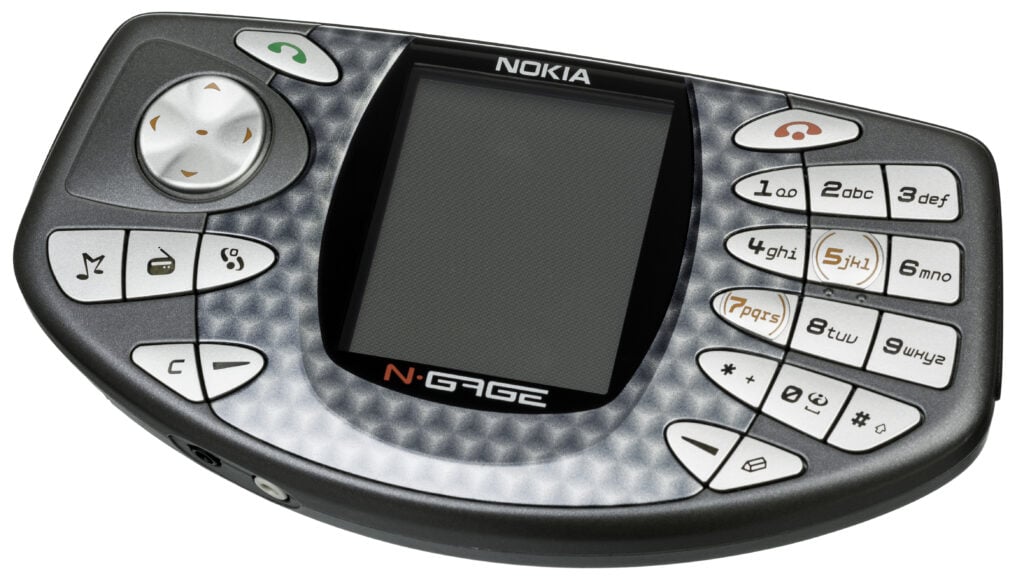
The Nokia N-Gage is well deserved on this list because it shows the wacky concepts phone companies were willing to try out. While it wasn’t as successful as a lot of other Nokia phones, it still shifted a fair few units, with a reported 3 million devices sold.
The N-Gage was both a phone and a portable gaming device which was aimed to win users over from the Game Boy Advance. Just 58 full titles were available for N-Gage, so it never really achieved the gaming success Nokia hoped for.
I should also give the nod to the Nokia 5510, which launched in 2001 and had a QWERTY keyboard with a display sitting in the centre of it. I remember having it, and it could store MP3 with a massive 64MB of storage.
Motorola Razr [2004]
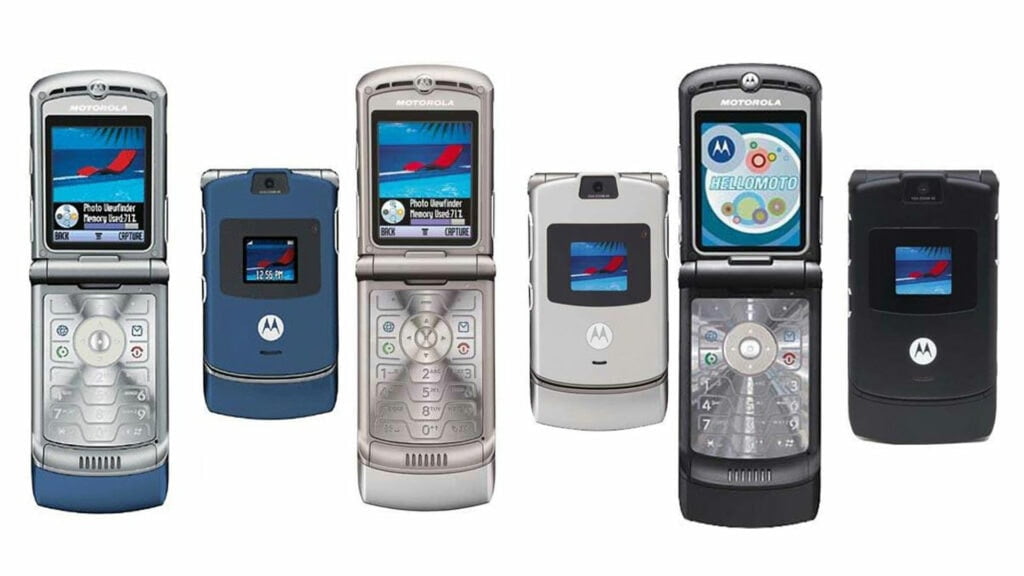
The Motorola Razr is the most iconic and best-selling clamshell phone in the world to date. The phone had the thinnest profile at the time on a clamshell set, sported an electroluminescent keypad made out of a single metal wafer and used an industry-standard mini-USB port for data, battery charger and headphones, housed in an aluminium body with an external glass screen.
The original V3 launched in 2004, and the improved V3i launched a year later with a better (1.23-megapixel) camera with 8x digital zoom, an improved external and internal display, and support for microSD cards of up to 512 Mb maximum.
I think the Motorola Razr is a good example of how phones took two different paths. You had these fashionable but functionally limited phones or less attractive highly functional phones like the N95.
Nokia N95 [2006]
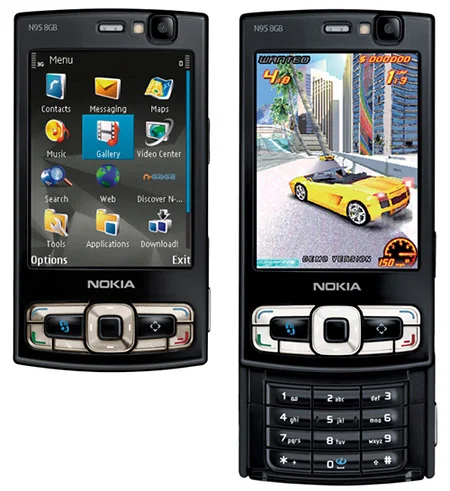
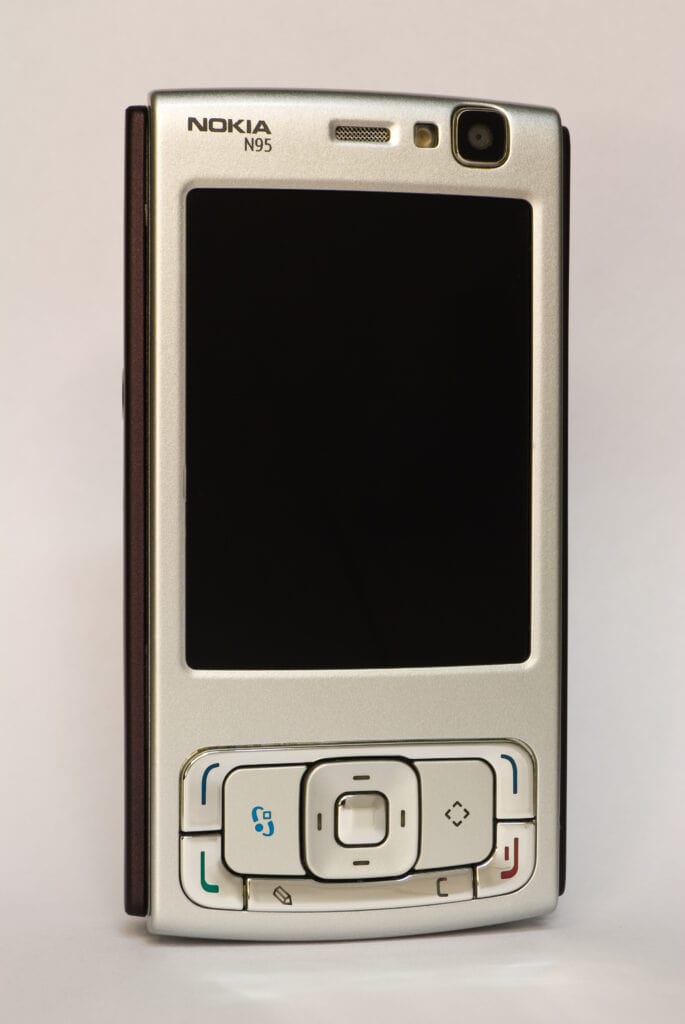
The Nokia N95 was quite an important phone to me as it represented a shift towards highly functional devices. I remember one of my friends getting it, and I was gobsmacked with the things it could do. I didn’t buy one myself but ended up with the more business focussed Nokia E90 Communicator, which to date is still one of my favourite phones.
The N95 could do it all. It has a 5-megapixel resolution digital camera with Carl Zeiss optics and a large colour display. It was the first Nokia phone with built-in GPS, which allowed it to do turn-by-turn navigation. It was also one of the first consumer phones with WiFi.
It was also one of the first phones that had HSDPA (3.5G) signals.
Sony Ericsson W800 [2005]
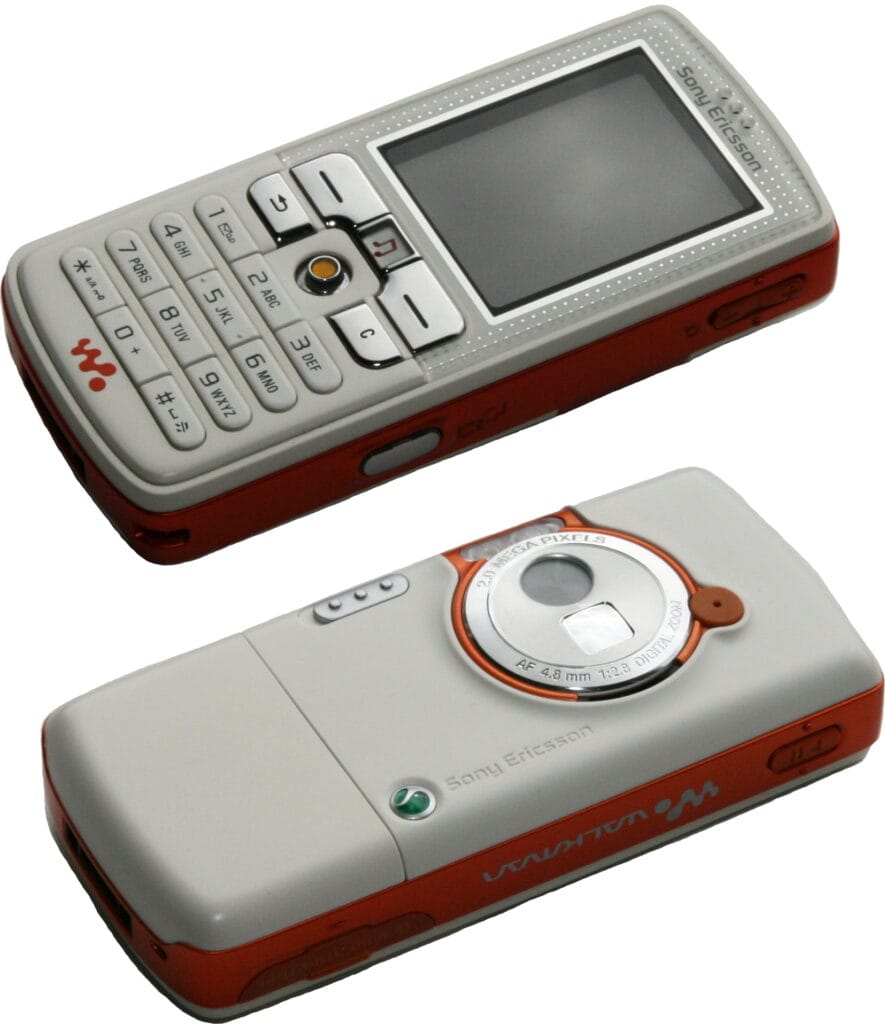
The Sony Ericsson was the first Sony phone to get the Walkman brand. It included 512 MB Memory Stick PRO Duo and, of course, a headphone jack to listen to your music.
iPhone 3G [2008]
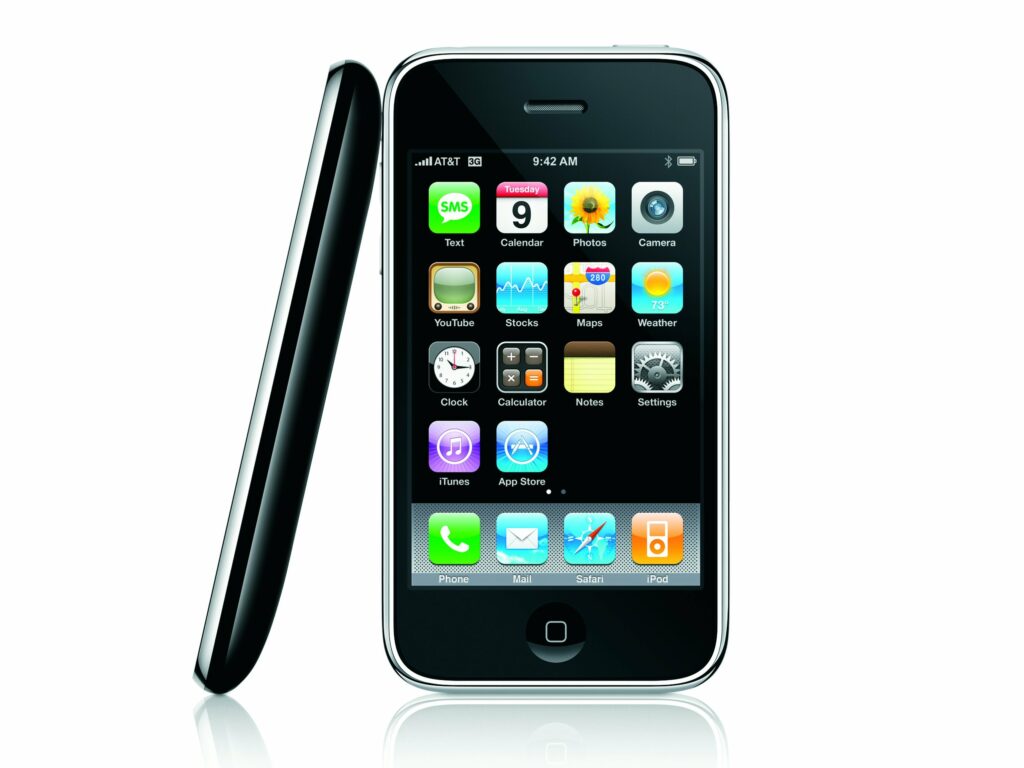
The iPhone needs no introduction; it changed everything. It technically didn’t bring all that much new to the table. It wasn’t the first all-screen phone (LG Prada), nor was it the first smartphone, camera phone or any other major firsts. It just brought all these technologies together in perfect harmony.
Conclusion
At the start of this decade, you had two of the best-selling phones ever launched, both of which were quite basic Nokias. Then in the middle of the decade, we have the Nokia N95, a phone with mobile data, WiFi, a colour display, GPS with turn-by-turn directions, mobile apps and support for a wide range of multimedia features. Then just two years later, you have the iPhone 3G, which needs no introduction.
If you take the 4 year difference between the Motorola T720i and its clip-on camera and the N95, and look at the past 4 years of phones. I have gone from using the Huawei Mate 20 Pro to using the Pixel 6, and quite honestly, there is barely any difference between them.
Obviously, that is not a bad thing. Phones have become so good it is hard to make significant gains, it just makes them a bit boring.
I am James, a UK-based tech enthusiast and the Editor and Owner of Mighty Gadget, which I’ve proudly run since 2007. Passionate about all things technology, my expertise spans from computers and networking to mobile, wearables, and smart home devices.
As a fitness fanatic who loves running and cycling, I also have a keen interest in fitness-related technology, and I take every opportunity to cover this niche on my blog. My diverse interests allow me to bring a unique perspective to tech blogging, merging lifestyle, fitness, and the latest tech trends.
In my academic pursuits, I earned a BSc in Information Systems Design from UCLAN, before advancing my learning with a Master’s Degree in Computing. This advanced study also included Cisco CCNA accreditation, further demonstrating my commitment to understanding and staying ahead of the technology curve.
I’m proud to share that Vuelio has consistently ranked Mighty Gadget as one of the top technology blogs in the UK. With my dedication to technology and drive to share my insights, I aim to continue providing my readers with engaging and informative content.

